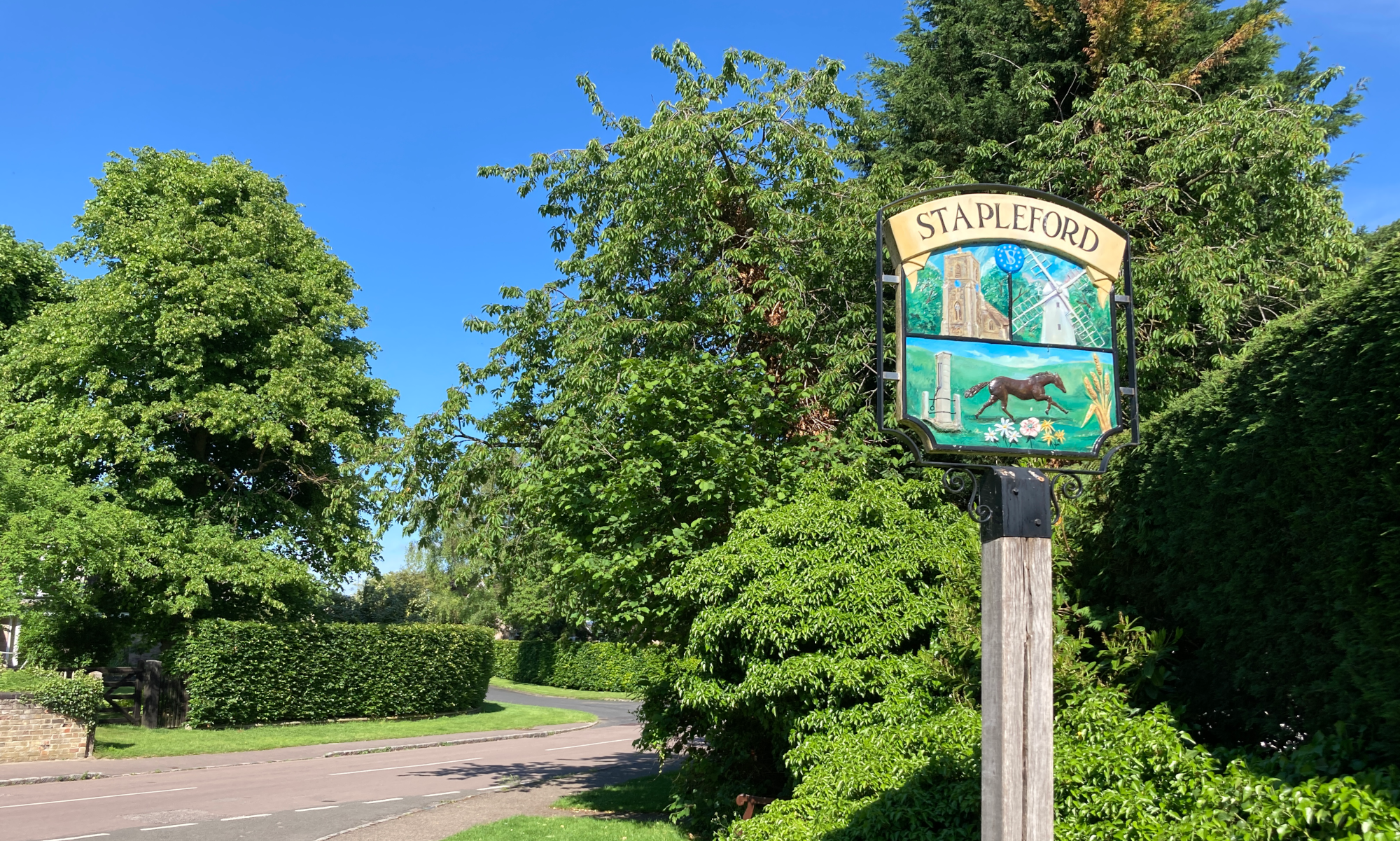Stapleford History Society 10th May 2016
Talk by Dr Seán Lang
It was a privilege to hear again from Dr Seán Lang. A playwright and regular broadcaster as well as a lecturer in history at Anglia Ruskin University, he gave a fascinating, and greatly entertaining, talk about Town and Gown in Cambridge in the 1890s. What started as a tale of student high-jinks quickly took us into the Boer War and profound social change.
This was a time when undergraduates were beginning to organise many of the activities now typical of Cantab life, such as organized sports with dedicated pavilions, boat-houses etc, the Union debating society, and May Balls. They also got into the habit of igniting enormous bonfires in the Market Square, using wood appropriated from all around (the market stalls, even a bandstand from Christ’s Pieces). Fireworks flying through the windows started fires in the surrounding houses. That was their way of celebrating imperial events such as the honorary degree presented to General Kitchener, the hero of Omdurman, in 1898, and the relief of the sieges of Ladysmith and Mafeking in 1900 during the Boer War. They seemed to consider it their right to damage the peace and the property of the townspeople in this way because it was, of course, patriotic.
Dr Lang was alerted to these disturbances when he came across residents’ claims for compensation in the Cambridgeshire archives. Following his historical nose he discovered much more: for example, that when students and young townies were arrested and fined, the students’ fines were lighter, and on appeal the students were let off, but not the townies. (Surprise, surprise!) It was only when the authorities of both town and university foresaw more trouble to come over the relief of Mafeking that Alderman Horace Darwin set up a ‘Bonfire Committee’. This included representatives of all student clubs, bringing them on side, and arranged official collection of wood as well as relocating the bonfire to Midsummer Common, with an organised procession from Parker’s Piece. This neatly brought the undergraduates’ hooligan behaviour under some control.
But Dr Lang didn’t stop there. Seeking the origin of the ‘bonfire rags’, he traced the first back not to any outburst of patriotism but to the vexed question of the place of women in the university. Illustrating the point with contemporary cartoons, he described the fear felt within the ‘gentlemen’s club’ of the university – all male until the founding of Girton (1869) and Newnham (1872) – at the new breed of ‘mannish’ women wearing ties and jackets and skirts without crinolines, going about freely on their bicycles (in bloomers!) and demanding proper degrees for passing the same exams as the men. This was what triggered the first of the bonfires and mayhem in the town: a vote held on 21 May 1897 in the Senate House to decide whether women could become official members of the university. The relief of the ‘over-excited’ undergrads at the rejection of this proposal spilled over into the Market Square, and the first of the destructive bonfires and fireworks.
So from his first intriguing discovery in the archives of a claim for bonfire damages by Cambridge residents, Dr Lang went on to uncover so much more about town/gown and male/female relations at the end of the 19th century – and we are grateful to him for sharing his insights with us.
[report by Maureen Street]

